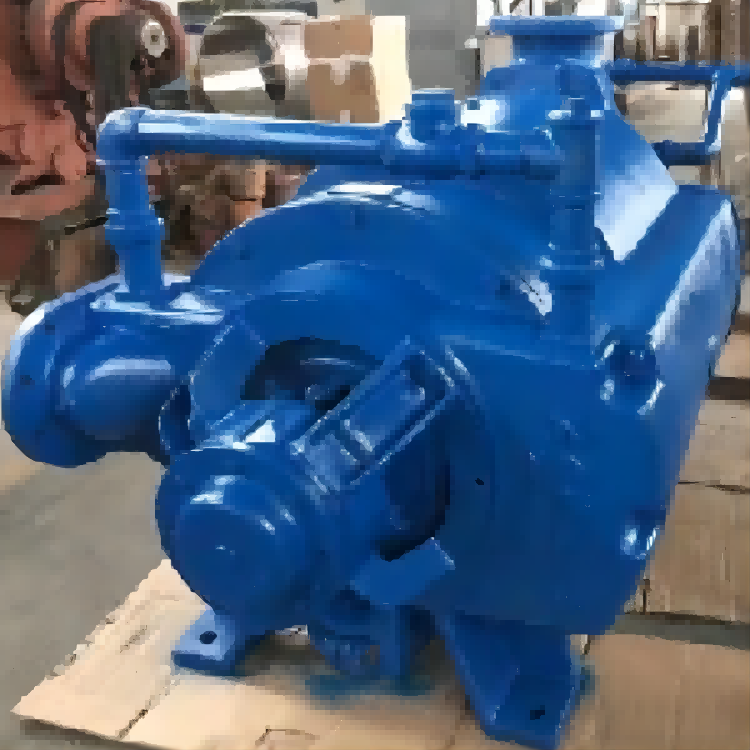 vacuum pumps & Helium Leak Detector
Jun 17, 2022
vacuum pumps & Helium Leak Detector
Jun 17, 2022
{
"@context": "https://schema.org/",
"@type": "Product",
"name": "Dry Screw Vacuum System",
"image": [
"https://new.cdn.multi-masters.com/product/Dry-Screw-Vacuum-System-Applications-and-Suitability-1737687703438.png"
],
"description": "Oil-free, high-efficiency dry screw vacuum system manufactured in China, suitable for semiconductor, chemical, and pharmaceutical applications.",
"brand": {
"@type": "Brand",
"name": "TaiXing"
},
"manufacturer": {
"@type": "Organization",
"name": "TaiXing Vacuum Tech"
},
"offers": {
"@type": "Offer",
"url": "https://www.tx-vacuumpump.com/product/Dry-Screw-Vacuum-System-Applications-and-Suitability-%7C-China-Manufacturer",
"priceCurrency": "USD",
"availability": "https://schema.org/InStock"
}
}
2BV5 liquid ring vacuum pump is single stage monoblock design vacuum pump. Together with the drive motor forms a compact, space and energy-saving unit. With CE and Atex certificate, it is an ideal product for much different application including Plastics Industry, Medical Industry, Chemical Industry, Medical technology, Processing Industry, Food and Beverage Industry and other General Industry
TXL 860Helium Leak Detectors
TXL 840wet Helium Leak Detectors
TXL 840Dry Helium Leak Detectors
TXL 830 Helium Leak Detectors
TXL Series-Helium-Leak-Detectors
Helium mass spectrometer leak detector
TX280S Helium mass spectrometer leak detector
TX400H Helium-Leak-Detectors
TX280H Series Helium-Leak-Detectors
Pfeiffer-Adixen-ASM-Series-Helium-Leak-Detectors
Agilent-Helium-Leak-Detector
CL liquid ring vacuum pump is our new developed pump based on old Nash CL pump. It is single stage vacuum pump with traditional conical porting design which is more suitable for heavy duty application. It can be used as a vacuum pump and compressor, max discharge pressure is 2.5 bar abs. The CL series offers medium capacity ranging from 900 to 5100m³/h, it is widely used in many application including: autoclaves, carburetor testing, chucking, condenser exhausting, container filling, cooking, drying, evisceration, exhausting, extruder venting, fiber setting, filtering, forming, gas stripping, molding, pickup and conveying, priming, slot extraction, and solvent recovery.
CL700 series liquid ring vacuum pump
CL1000 series liquid ring vacuum pump
CL2000 series liquid ring vacuum pump
CL3000 series liquid ring vacuum pump
CL4000 series liquid ring vacuum pump

 vacuum pumps & Helium Leak Detector
Jun 17, 2022
vacuum pumps & Helium Leak Detector
Jun 17, 2022